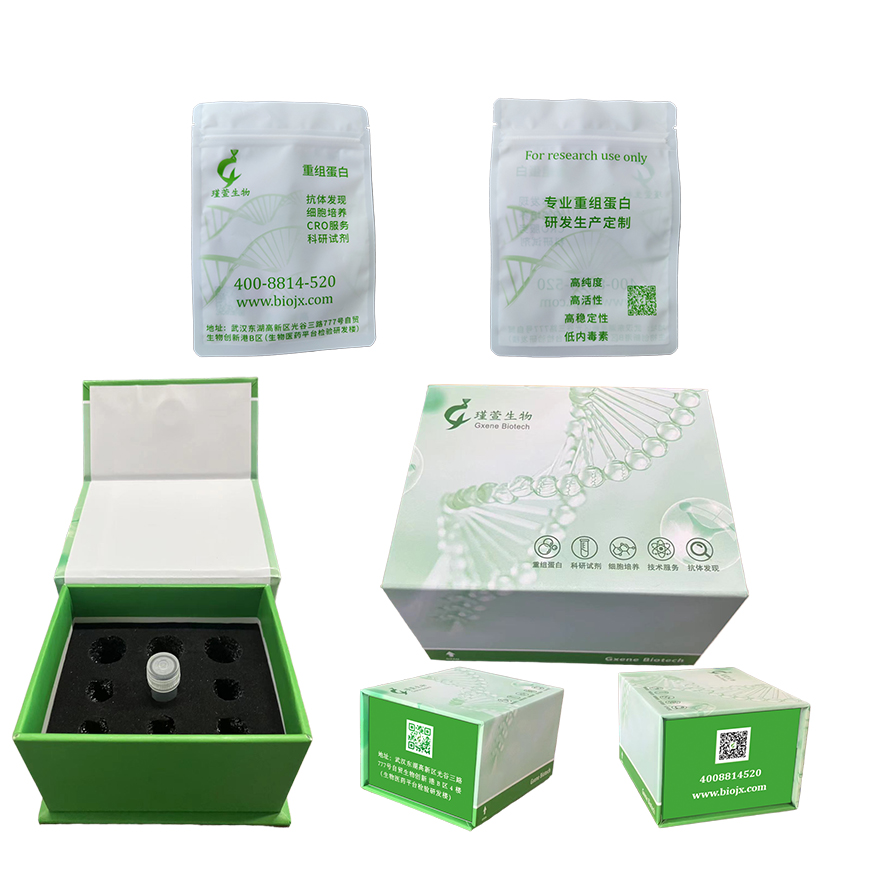After reconstitution, the protein solution is stable at -20°C for 3 months, at 2-8°C for up to 1 week.未开盖的干粉蛋白在 -20°C至-80°C可保存12个月;
复溶之后,蛋白溶液在-20°C及以下可保存3个月,在2-8℃可保存1周。
背景信息
Interleukin 8 (IL-8), also known as CXCL8, which is a chemokine with a defining CXC amino acid motif that was initially characterized for its leukocyte chemotactic activity, is now known to possess tumorigenic and proangiogenic properties as well. This chemokine is secreted by a variety of cell types including monocyte/macrophages, T cells, neutrophils, fibroblasts, endothelial cells, and various tumor cell lines in response to inflammatory stimuli (IL1, TNF, LPS, etc). In human gliomas, IL-8 is expressed and secreted at high levels both in vitro and in vivo, and recent experiments suggest it is critical to glial tumor neovascularity and progression. Levels of IL-8 correlate with histologic grade in glial neoplasms, and the most malignant form, glioblastoma, shows the highest expression in pseudopalisading cells around necrosis, suggesting that hypoxia/anoxia may stimulate expression. Interleukin (IL)-8/CXCL8 is a potent neutrophil chemotactic factor. Accumulating evidence has demonstrated that various types of cells can produce a large amount of IL-8/CXCL8 in response to a wide variety of stimuli, including proinflammatory cytokines, microbes and their products, and environmental changes such as hypoxia, reperfusion, and hyperoxia. Numerous observations have established IL-8/CXCL8 as a key mediator in neutrophil-mediated acute inflammation due to its potent actions on neutrophils. However, several lines of evidence indicate that IL-8/CXCL8 has a wide range of actions on various types of cells, including lymphocytes, monocytes, endothelial cells, and fibroblasts, besides neutrophils. The discovery of these biological functions suggests that IL-8/CXCL8 has crucial roles in various pathological conditions such as chronic inflammation and cancer. IL-8 has been associated with tumor angiogenesis, metastasis, and poor prognosis in breast cancer. IL-8 may present a novel therapeutic target for estrogen driven breast carcinogenesis and tumor progression.

